7 Europe’s Most (And 8 Least) Spoilt Destinations, According To Europeans
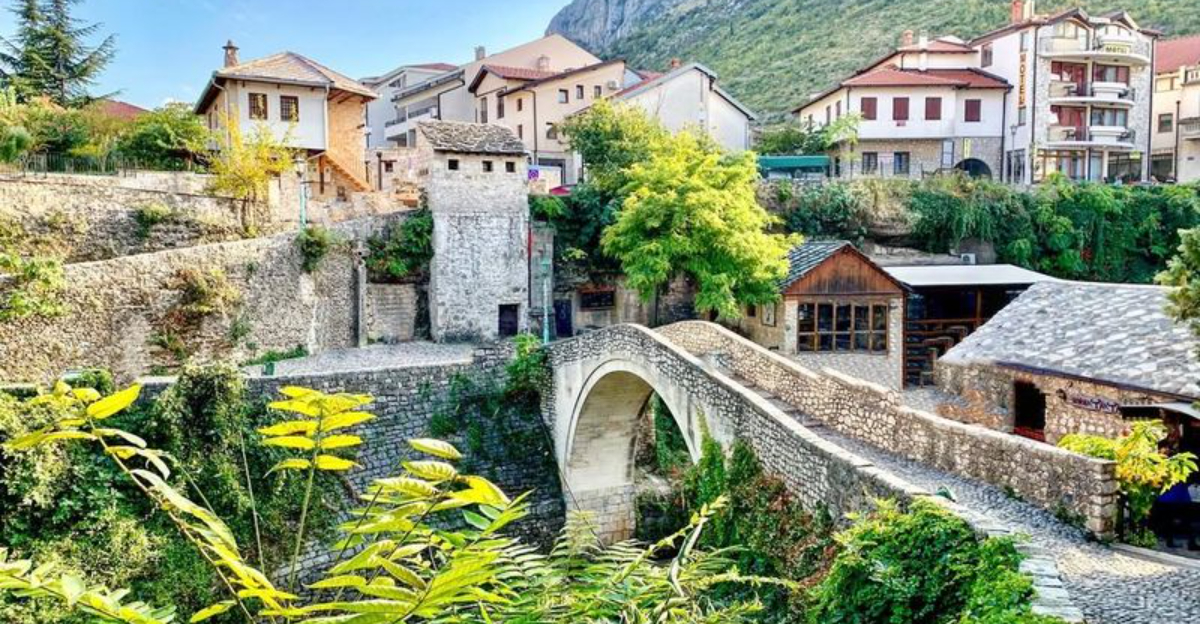
Europe may be the dream—but not every destination delivers the fairy-tale vibe you expect. While some cities are bursting at the seams with selfie sticks and souvenir shops, others remain refreshingly untouched, still pulsing with local life and authentic charm.
So, what do Europeans really think? From overtouristed icons to hidden gems that haven’t yet sold their soul to tourism, here’s how the continent’s own residents rank the most—and least—spoilt places across Europe.
1. Venice, Italy

Navigating through a city where locals struggle to keep afloat amidst the sea of tourists can be quite the spectacle. Venice, renowned for its enchanting canals, feels the weight of overtourism. The picturesque waterways, once serene, now face congestion reminiscent of peak-hour traffic.
Imagine daily life where even a simple stroll means dodging selfie sticks. Local Venetians express mounting frustration as their way of life is overshadowed by tourist activities.
This overwhelming influx challenges the city’s infrastructure and disrupts its delicate charm, making it a classic example of a destination buckling under popularity.
2. Barcelona, Spain
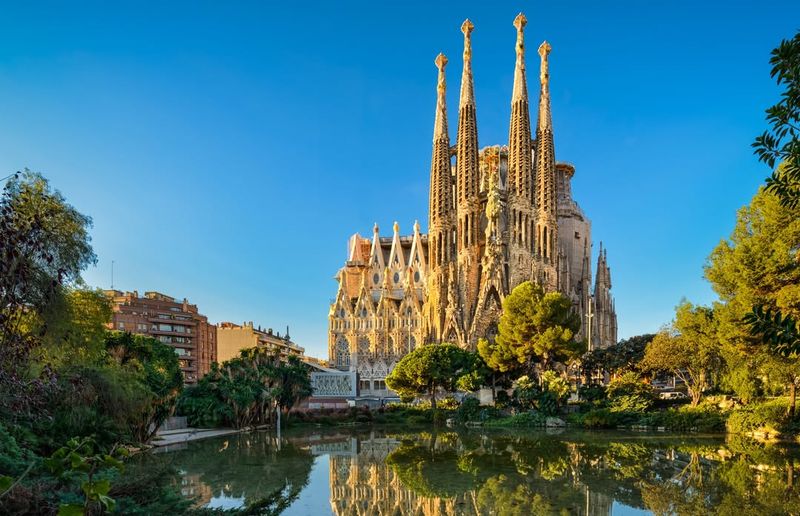
In a city where Gaudi’s masterpieces meet bustling streets, tourism casts long shadows. Barcelona, a vibrant hub, finds itself caught in a delicate dance between cultural allure and everyday life disruptions.
Locals often face challenges as tourists flood iconic sites and residential areas, leading to rising housing costs and strained public spaces. This influx sparks a growing tension, as the city’s authenticity grapples with the demands of tourism.
Despite its beauty, Barcelona’s struggle with balancing visitor numbers highlights the complex dynamics of urban tourism.
3. Dubrovnik, Croatia

Amidst ancient stone walls and stunning sea views lies a city overwhelmed by its newfound fame. Dubrovnik became a tourist magnet thanks to media exposure, particularly from popular TV series, Game of Thrones.
As cruise ships unload a deluge of visitors, locals find their historic town besieged by selfie-snapping crowds. The charm of its medieval streets is often lost in the throng. Residents lament as the influx transforms daily life, making it a prime example of the impact of mass tourism.
4. Santorini, Greece
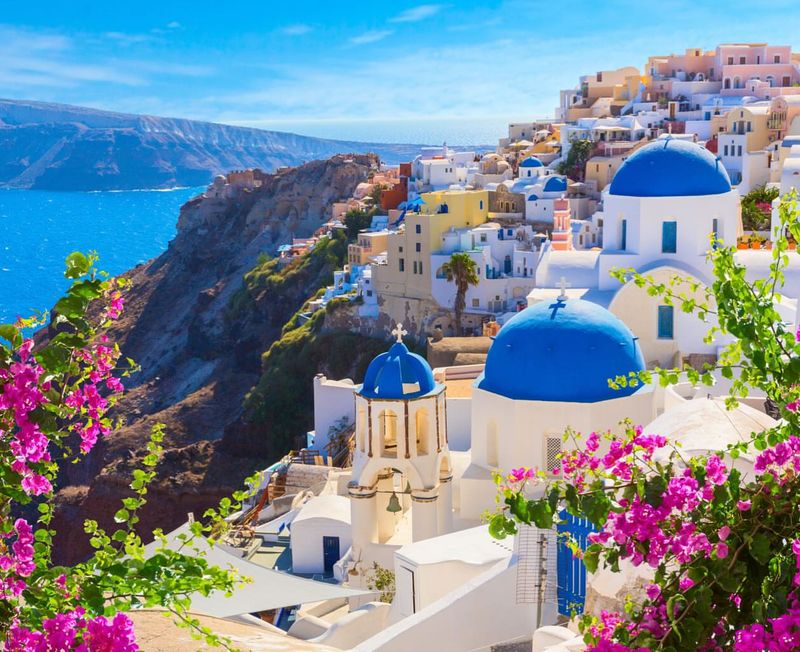
Once a tranquil retreat, this island now faces a tidal wave of visitors seeking its iconic sunsets. Santorini, once known for its peace, now endures long lines and overcrowded spots.
Tourists flock to its white-washed structures and azure views, leaving locals grappling with seasonal chaos. The island’s infrastructure strains under the weight, as the tourist season extends its grip.
Although still breathtaking, the overwhelming popularity challenges the serenity Santorini was once celebrated for, illustrating the fine line between fame and preservation.
5. Amsterdam, Netherlands
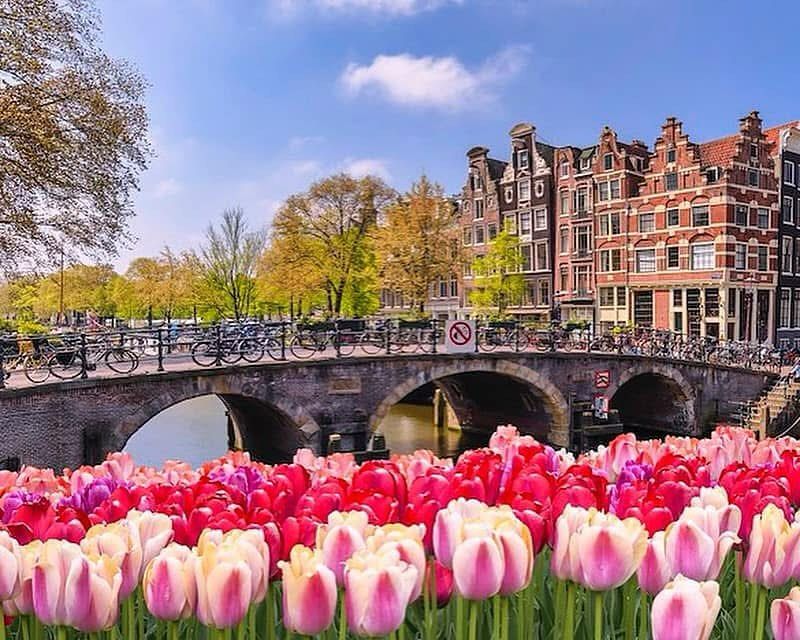
In the heart of the Netherlands, a city renowned for its canals and culture faces unique challenges. Amsterdam, a capital teeming with global visitors, grapples with its reputation as a party hub.
Stag parties and crowd control measures are now part of its central narrative. Locals often find their daily routines interrupted by the tourist influx, affecting the city’s rhythm. Efforts to balance enjoyment and preservation continue, showcasing Amsterdam’s ongoing battle against the downsides of fame.
6. Paris, France
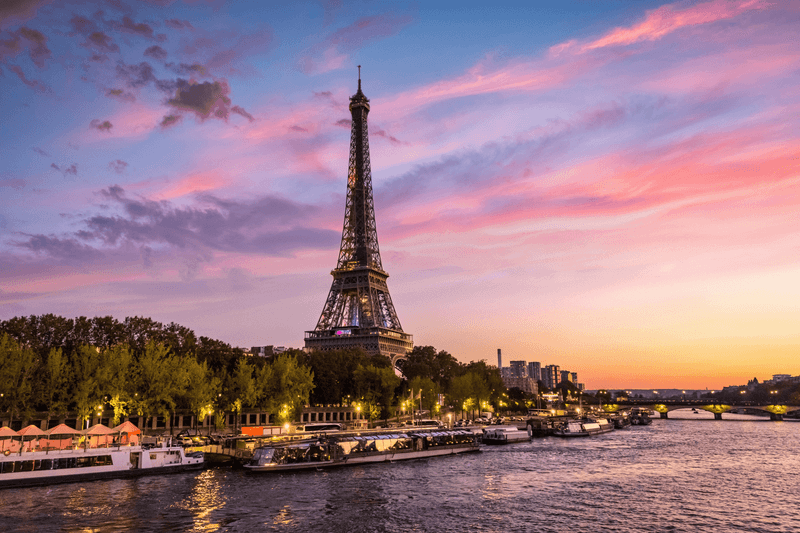
Even in the City of Light, too much illumination can dim the view. Paris, a beacon for lovers and dreamers, now finds its central zones straining under tourist footfall.
Long queues and crowded landmarks, like the Eiffel Tower, paint a picture of a city burdened by its own allure. Visitors often experience fatigue, as the romance of Paris is overshadowed by the throngs.
In spite of its eternal beauty, the challenges of managing such popularity remain, highlighting the paradox of being too beloved.
7. Prague, Czech Republic
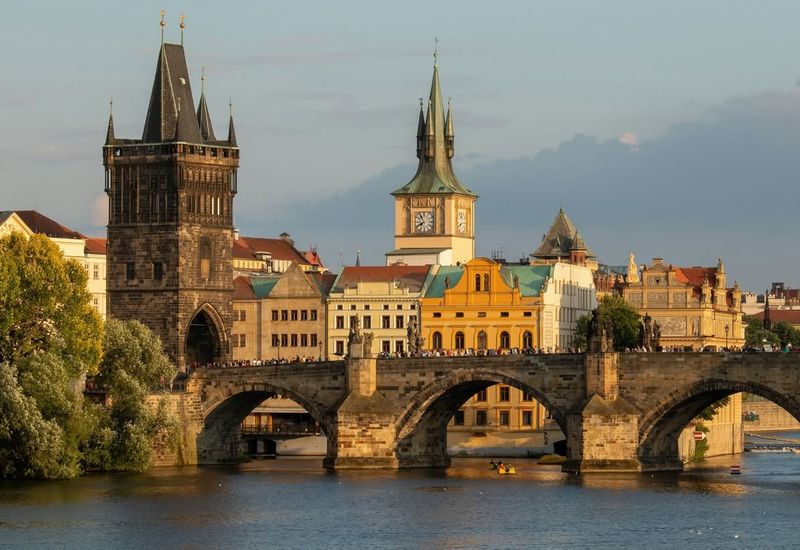
In a city where history whispers through cobbled streets, the modern echo is that of tourists. Prague, with its fairy-tale charm, is often overwhelmed by visitors seeking its magic.
Concerns about rising costs and lost authenticity swirl among locals. As tourists flood its picturesque squares, the city’s identity is tested. Balancing the allure of its rich history with contemporary challenges is a dance Prague knows well, making it a case study in tourism’s double-edged sword.
8. Ljubljana, Slovenia
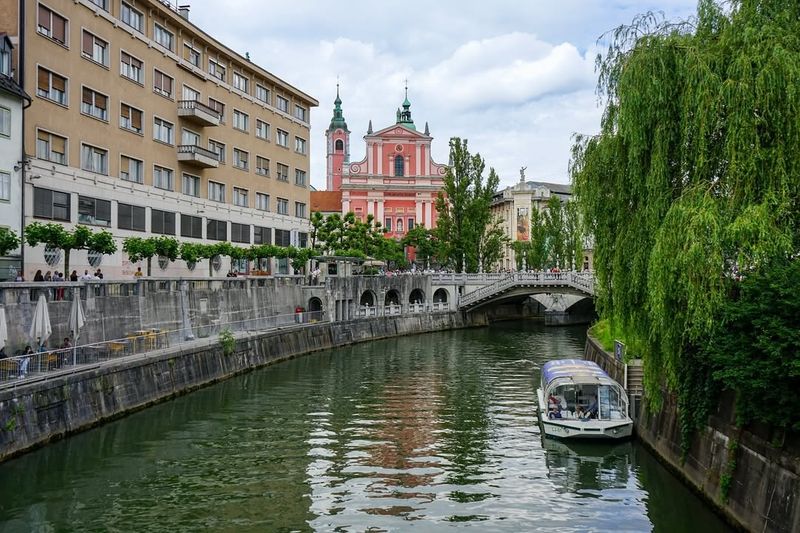
In a capital where tranquility reigns supreme, a gentle pace charms all who visit. Ljubljana is celebrated for its relaxed vibe and expansive green spaces.
Despite its enchanting allure, it remains blissfully under the tourist radar. Locals and visitors alike enjoy a harmonious blend of culture and serenity. This small capital’s ability to maintain its allure without being overrun speaks to its unique charm, making it a hidden gem among Europe’s capitals.
9. Porto, Portugal
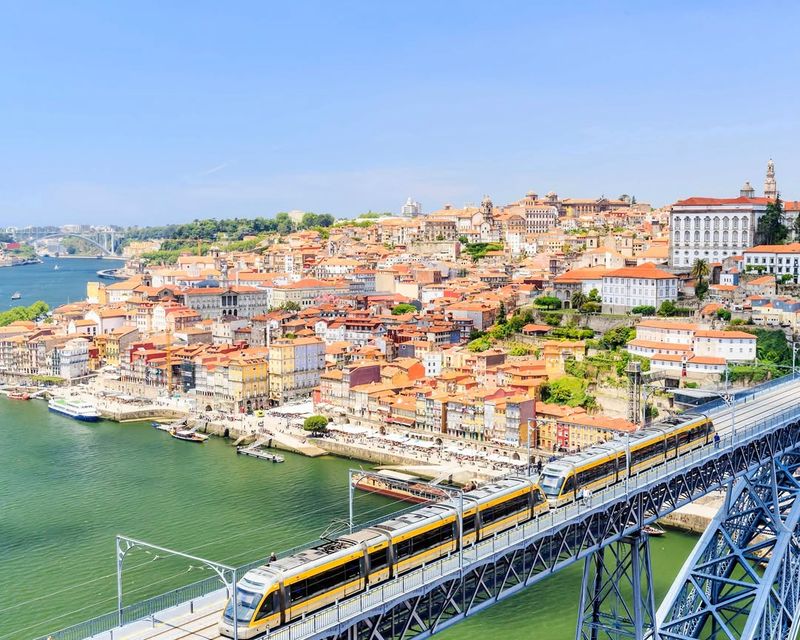
Where tradition embraces the future, a city holds onto its heart. Porto manages to stay authentic even as its popularity rises. The preserved atmosphere reflects a community proud of its roots.
Locals value the balance between growth and tradition, welcoming visitors like old friends. The charm of Porto lies in its ability to maintain authenticity, making it an enticing destination that gracefully sidesteps overtourism’s pitfalls. As one of Europe’s lesser-known gems, it offers a genuine taste of Portuguese life.
10. Vilnius, Lithuania

In a city where history and modernity dance, a laid-back vibe prevails. Vilnius, Lithuania, boasts a historic core that feels both local and accessible. Tourists find themselves embraced by its lively culture, free from the typical tourist throngs.
The city remains charmingly unspoilt, offering an experience that feels both welcoming and genuine. With its underrated allure, Vilnius stands as a testament to preserving character amidst growth, making it an ideal spot for those seeking authenticity in their travels.
11. Innsbruck, Austria
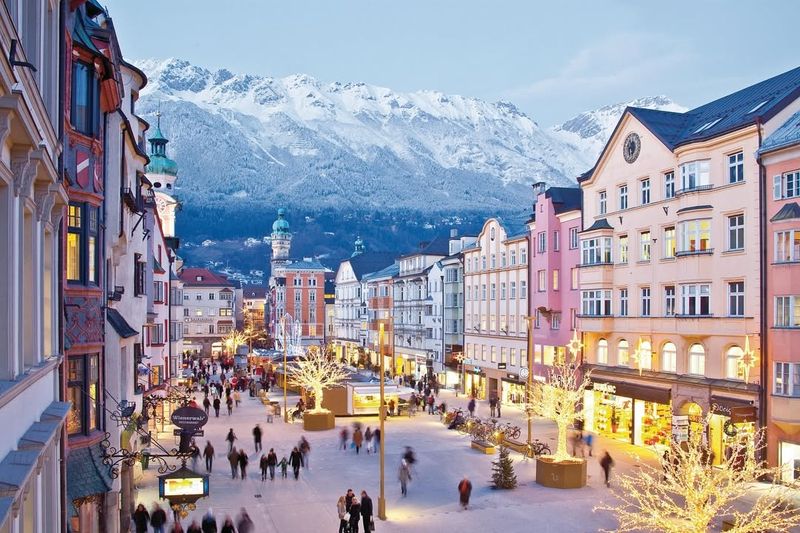
Nestled in the heart of the Alps, a town offers more than just scenic views. Innsbruck is praised for being tourism-friendly yet uncrowded. Its alpine charm attracts those seeking both adventure and peace.
Locals and visitors mingle effortlessly, enjoying a balance rarely found in tourist spots. Innsbruck’s ability to maintain a welcoming atmosphere while preserving its local life draws praise. As a scenic alpine retreat, it stands as a prime example of successful tourism management.
12. Ghent, Belgium

Where medieval charm meets modern life, a city keeps its character intact. Ghent remains a well-preserved gem, avoiding the tourist overflow seen in nearby spots.
Its streets, lined with historical buildings, offer a snapshot of life without the overwhelming tourist presence. Locals relish the balance, savoring their city’s authenticity.
Ghent’s success in maintaining its charm without succumbing to overtourism is a testament to thoughtful urban planning, making it a standout among Belgian cities.
13. Tbilisi, Georgia

Where east meets west, a city thrives on its uniqueness. Tbilisi grows in popularity yet offers an unfiltered experience. The blend of cultures and architectural wonders create a vibrant atmosphere.
Travelers find themselves immersed in local life, far from the polished tourist trails. Tbilisi’s charm lies in its authenticity, offering a cultural richness that captivates. It stands as a hub where tradition and modernity coexist, making it an exciting destination for those seeking genuine experiences.
14. Cádiz, Spain

On Spain’s coast, a city whispers its history to those who listen. Cádiz, a coastal gem, flies under the radar despite its rich past. Its local lifestyle and authentic charm draw those in the know.
Historical sites dot the landscape, offering glimpses into a bygone era. Cádiz maintains its local vibe, avoiding the tourist traps that ensnare other destinations. Its ability to preserve character while welcoming visitors highlights the beauty of unspoilt travel experiences.
15. Mostar, Bosnia And Herzegovina
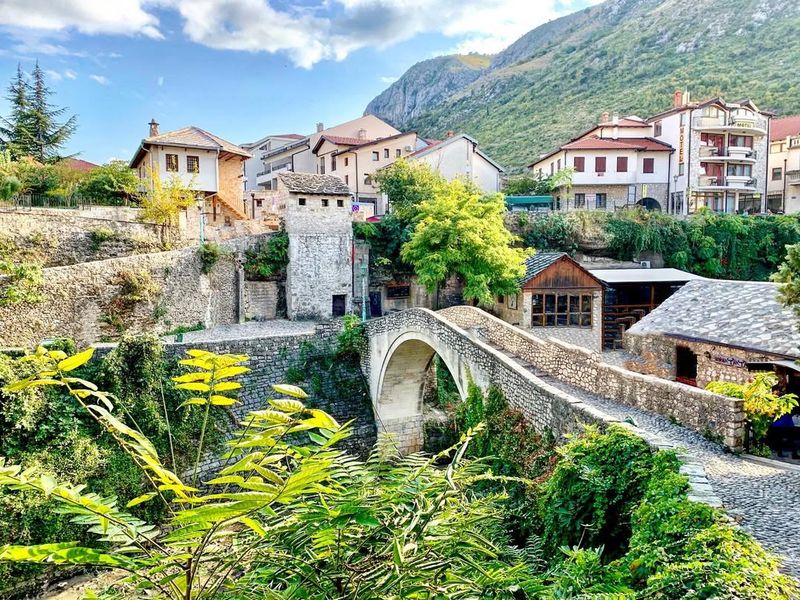
In a town where history spans the river, a bridge connects past and present. Mostar sees a rise in tourism yet retains its cultural roots. The iconic bridge stands as a symbol of unity and resilience.
Tourists are drawn to its historical significance, experiencing a city that feels untouched by time. Mostar’s ability to grow while preserving its essence makes it a destination worth exploring. Its enduring cultural charm offers a rare glimpse into an unspoilt world.
